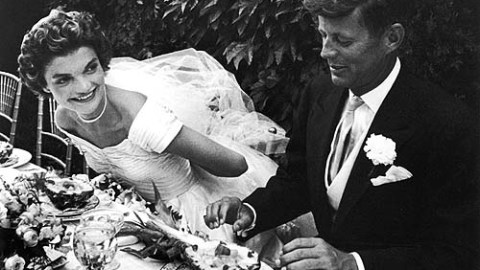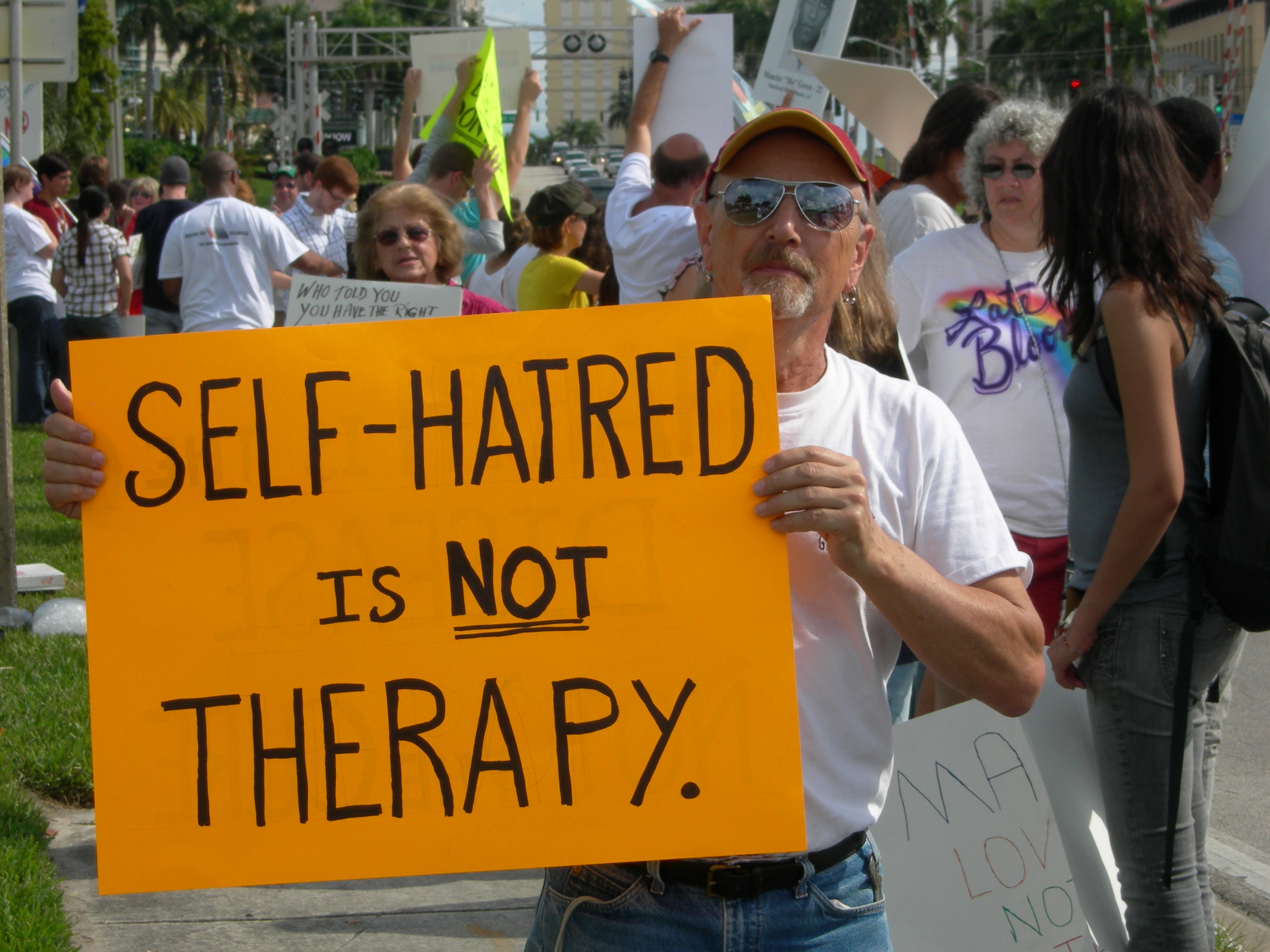Will Health Care Cover Happy Marriages?

As Churchill said of democracy (“the worst form of government excepting those already tried,” to paraphrase), so historians might say of marriage—or at least, marriage as conceived in the late twentieth and early twenty-first century. The critics’ case against it is complex but there are certain central tenets: Roles are unclear. Boundaries are fluid. Power has shifted and no one is certain where it lies. History’s iconic images of happy marriages often contain within them a sense of impending doom—or irony. Yet we carry on. We need the white dress. Jill Lepore’s piece in this week’s New Yorker underscores the desire by considering at an awkward, but thriving, industry: marriage therapy.
Lepore tracks the central trend-line via a brief (and shocking: he was no Oprah) bio of the “father of marriage counseling,” Dr. Paul Popenoe. She writes:
They [also] called him Dr. Popenoe, even though his only academic degree was an honorary one. For a time, he counselled more than a thousand couples a year. Consider a case published in 1953: Dick is about to leave his wife, Andrea, for another woman. He is bored with Andrea. “Living with her is like being aboard that ship that cruised forever between the ports of Tedium and Monotony,” he says. Can this marriage be saved? You bet. At Popenoe’s clinic, Andrea is urged to make herself more interesting. She learns how to make better conversation, goes on a strict diet, and loses eight pounds. The affair is averted.
Popenoe’s business launched an industry; marriage clinics popped up all over the country. They are popping up still. The American Association for Marriage and Family Therapy, founded in 1942, has some twenty-four thousand members, although the actual number of therapists who see couples is much higher. Up to eighty per cent of therapists practice couples therapy. Today, something like forty per cent of would-be husbands and wives receive premarital counselling, often pastoral, and millions of married couples seek therapy. Doubtless, many receive a great deal of help, expert and caring. Nevertheless, a 1995 Consumer Reports survey ranked marriage counsellors last, among providers of mental-health services, in achieving results. And, as Rebecca L. Davis observes in an astute, engaging, and disturbing history, “More Perfect Unions: The American Search for Marital Bliss” (Harvard; $29.95), the rise of couples counselling has both coincided with and contributed to a larger shift in American life: heightened expectations for marriage as a means of self-expression and personal fulfillment. That would seem to make for an endlessly exploitable clientele, especially given that there’s not much profit in pointing out that some things—like the unglamorous and blessed ordinariness of buttering the toast every morning for someone you’re terribly fond of—just don’t get any better. Not everything admits of improvement.
Popenoe’s paranoias aside, what’s the rub? Given the scope of congressional reforms, and the apparent ubiquity of challenged marriages, would the notion of covered “preventive care” in this area be absurd? The First Marriage seems a portrait in perfection, but perhaps we will, over time, learn to lessen our demands on what, ideally, is the Highest Form of Friendship: unique, exceptional, necessary.





